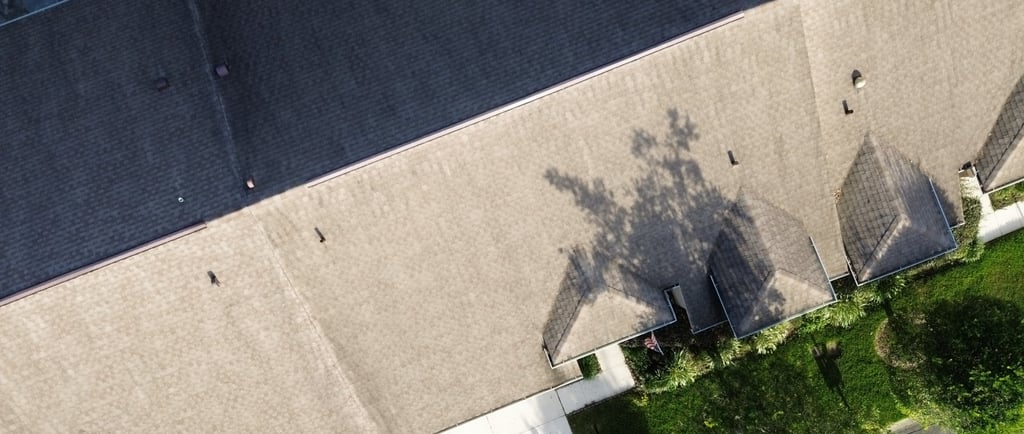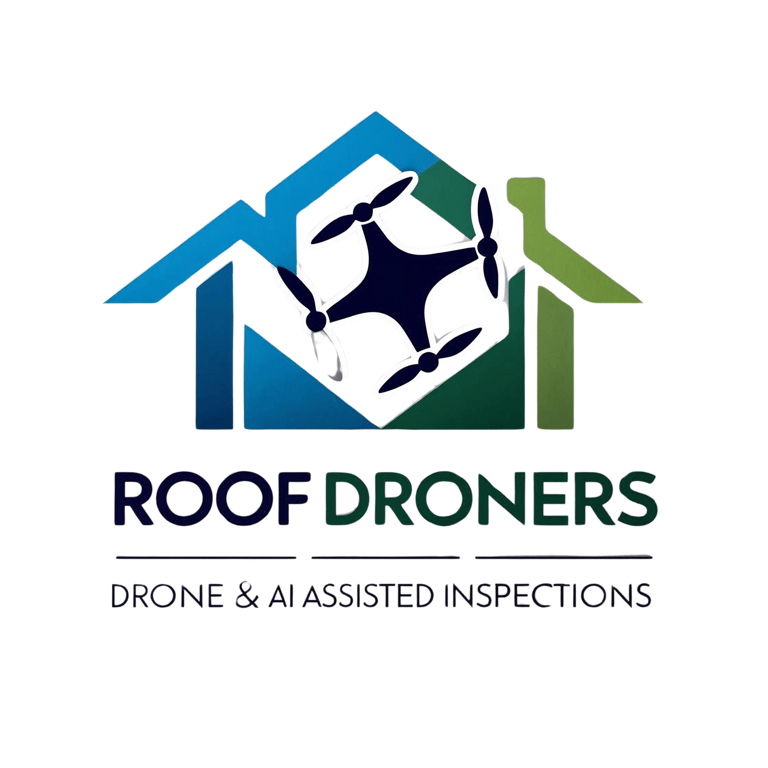The Impact of Drones on the Roof Inspection Industry
The Impact of Drones on the Roof Inspection Industry
John Jones
6/17/20252 min read


The roof inspection industry, long reliant on manual labor and traditional tools, has been undergoing a technological transformation thanks to the rapid adoption of drone technology. Unmanned Aerial Vehicles (UAVs), commonly known as drones, are changing the landscape of roof inspections by enhancing safety, efficiency, and data accuracy. As this technology becomes more accessible and sophisticated, its impact on the industry is increasingly profound.
1. Enhanced Safety
One of the most significant advantages of using drones in roof inspections is the improved safety for inspectors. Traditional roof inspections require professionals to climb ladders and walk across potentially unstable or damaged roofs, often risking injury from slips, falls, or structural failures.
Drones eliminate the need for physical access to roofs in many cases. High-resolution cameras and thermal imaging sensors mounted on drones can capture comprehensive visual data from a safe distance. Inspectors can assess conditions from the ground, reducing occupational hazards and insurance liabilities.
2. Increased Efficiency and Speed
Drones drastically reduce the time it takes to inspect a roof. A task that might take several hours or even days with manual methods—especially for large commercial buildings—can often be completed in under an hour using a drone. This efficiency not only increases the number of inspections that can be performed daily but also accelerates reporting and decision-making processes.
Real-time data capture allows for immediate review and analysis, and software integrations can automate report generation, further speeding up workflows.
3. Cost Savings
Although there is an initial investment in drone equipment and training, long-term savings are substantial. By reducing the need for extensive labor, scaffolding, and safety equipment, drones lower the operational costs of inspections. Insurance premiums may also decrease due to the reduced risk to personnel.
Additionally, drones help identify issues early, such as leaks or structural weaknesses, before they become expensive repairs. This preventive aspect is a significant value-add for property owners and facility managers.
4. Improved Data Quality and Documentation
Drones are equipped with high-resolution cameras, infrared sensors, and even 3D mapping technology, providing a level of detail and documentation that is difficult to achieve manually. These tools can capture data on hard-to-reach or complex roof structures and even detect issues invisible to the naked eye, such as moisture intrusion beneath the surface.
Data collected by drones can be stored digitally, making it easy to reference in future inspections, track deterioration over time, and provide clear documentation for insurance claims or warranty purposes.
5. Environmental and Insurance Applications
Drone inspections are increasingly important in the aftermath of natural disasters, where access is limited or hazardous. Insurance adjusters and disaster response teams can deploy drones quickly to assess damage, aiding in more accurate and timely claims processing. Similarly, environmental assessments—such as the impact of solar panel installations—are simplified by drone aerial surveys.
6. Challenges and Regulatory Considerations
Despite the many benefits, drone use in roof inspections does face certain challenges. Regulatory compliance with the Federal Aviation Administration (FAA) and other aviation authorities is mandatory in many regions. Operators often need certification and must adhere to airspace restrictions and privacy laws.
There is also a learning curve associated with drone operation and data analysis, which may require training or hiring skilled personnel. Additionally, inclement weather conditions can limit drone usage.
Conclusion
Drones are undeniably reshaping the roof inspection industry. By enhancing safety, efficiency, data accuracy, and cost-effectiveness, they offer a compelling alternative to traditional inspection methods. As drone technology continues to evolve and regulations adapt, their role in the inspection sector is set to expand further—bringing about smarter, safer, and more reliable assessments for residential, commercial, and industrial roofing alike.


